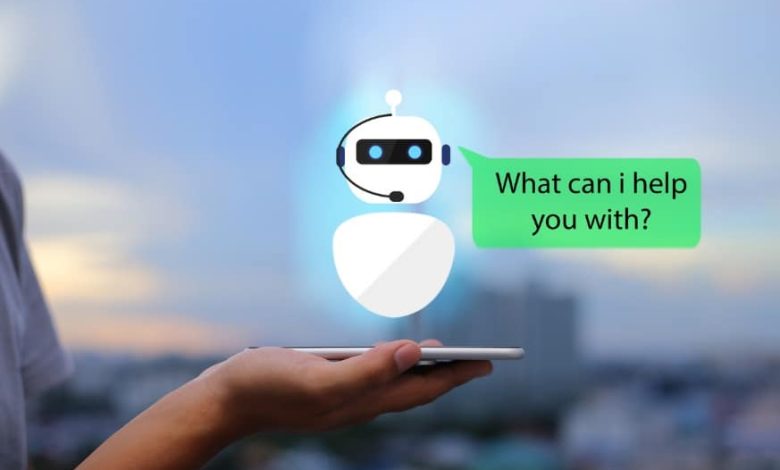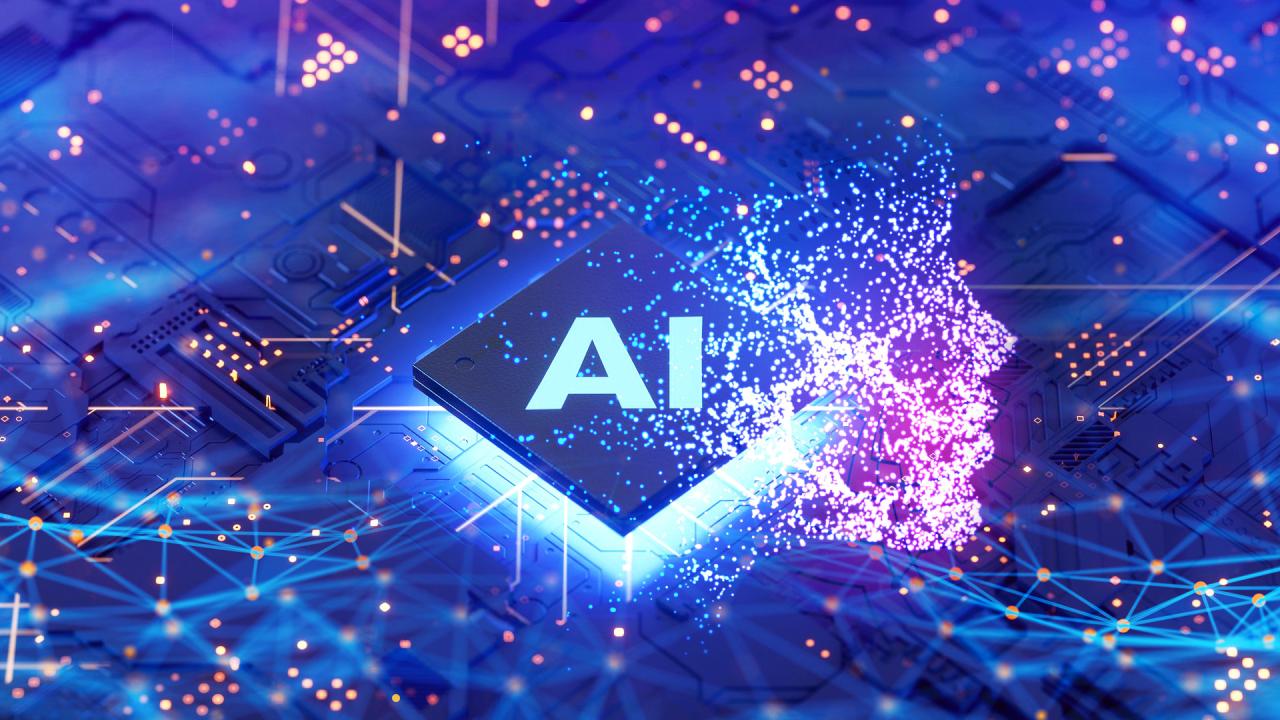AI: Your Daily Work Assistant

In the contemporary professional landscape, the sheer volume of tasks, information, and communication can often feel overwhelming. From managing overflowing inboxes and juggling multiple deadlines to orchestrating complex projects and staying abreast of industry trends, the modern workday is a constant battle against cognitive overload and the insidious creep of inefficiency. Professionals across all sectors are continually seeking robust solutions to alleviate administrative burdens, sharpen their focus, and ultimately maximize their output without succumbing to burnout.
Enter the transformative power of AI: Your Daily Work Assistant. No longer a futuristic concept, Artificial Intelligence has seamlessly integrated itself into our professional lives, acting as an omnipresent, intelligent companion designed to augment human capabilities. These AI-powered tools and platforms are not just automating mundane tasks; they are learning from our habits, anticipating our needs, and providing personalized support that fundamentally reshapes how we approach our daily responsibilities. By offloading repetitive, time-consuming, and even complex cognitive processes, AI assistants are liberating valuable human capital, allowing individuals and teams to redirect their focus towards strategic thinking, creative problem-solving, and impactful engagement.
This comprehensive guide will meticulously explore the diverse ways AI functions as an indispensable daily work assistant, detailing its applications across various professional functions, offering practical strategies for seamless integration into your existing workflow, and illuminating the profound impact it has on individual and organizational productivity. By the end of this article, you will possess a profound understanding of how to harness the strategic capabilities of AI to transform your workday into a highly optimized, efficient, and ultimately more rewarding experience.
The Evolution of Assistance

To fully appreciate the role of AI as a daily work assistant, it’s crucial to understand how technology has evolved to support human endeavor.
A. Manual Administrative Support
Historically, human assistants provided invaluable support for administrative tasks, scheduling, and communication. This approach was highly personalized but often costly and limited by human capacity.
B. Early Digital Productivity Software
The advent of personal computing introduced tools like word processors, spreadsheets, and early calendars. These digitized tasks but still required significant human input and lacked intelligence or automation beyond basic functions.
C. The Rise of Digital Organizers
More advanced software offered integrated calendars, task lists, and contact management. While improving organization, these tools remained largely passive, awaiting explicit instructions.
D. The AI Revolution: Proactive and Intelligent Assistance
Modern AI assistants mark a paradigm shift. Leveraging Natural Language Processing (NLP), Machine Learning (ML), and sophisticated algorithms, they can understand context, learn from interactions, make predictions, and perform complex, multi-step actions autonomously, acting as truly intelligent partners.
How AI Serves as Your Daily Work Assistant
AI assists professionals by leveraging its capabilities across several critical functions, directly addressing common pain points in the workday.
A. Automating Repetitive and Time-Consuming Tasks
This is perhaps the most immediate and impactful way AI boosts daily efficiency, freeing up significant human time.
- A. Smart Scheduling & Calendar Management: AI assistants can analyze your and your colleagues’ availability, intelligently suggest meeting times, send invitations, manage conflicts, and even book resources (e.g., meeting rooms), all with minimal human oversight.
- B. Email Triage & Management: AI-powered inboxes can automatically categorize incoming emails (e.g., urgent, promotions, newsletters), filter spam, suggest quick replies, summarize long threads, and even draft initial responses, dramatically reducing inbox processing time.
- C. Data Entry & Processing: AI-driven Robotic Process Automation (RPA) bots can extract data from documents (invoices, forms), populate spreadsheets or CRM systems, and generate routine reports, eliminating tedious manual input and potential errors.
- D. Information Retrieval: Instead of manual searching, AI can quickly locate specific documents, data points, or files across your connected digital storage systems based on natural language queries.
B. Enhancing Communication and Content Creation
AI streamlines how we communicate and generate written content, improving both speed and quality.
- A. AI Writing Assistants: Tools like Grammarly or AI content generators can provide real-time feedback on grammar, style, tone, and clarity. They can also generate initial drafts of emails, reports, marketing copy, or even complex documents, significantly reducing writing time and improving consistency.
- B. Meeting Transcription & Summarization: AI can transcribe meeting conversations in real-time, identify key speakers, pinpoint action items, and generate concise summaries, ensuring accurate records and clear follow-ups without manual note-taking.
- C. Real-time Translation: For global teams, AI offers instant translation services in written and spoken communication, breaking down language barriers and fostering seamless international collaboration.
- D. Personalized Communication Cues: AI can analyze communication patterns to suggest optimal times to send emails or messages for maximum impact, or even predict recipient sentiment.
C. Providing Personalized Insights and Decision Support
AI’s analytical capabilities offer tailored information that aids in better, faster decision-making.
- A. Personalized Daily Briefings: AI can curate a daily summary of your calendar, priority tasks, critical emails, and relevant industry news, delivered in a digestible format to start your day informed.
- B. Predictive Analytics for Projects: AI can analyze project data to predict potential delays, resource shortfalls, or budget overruns, allowing for proactive adjustments and preventing inefficiencies.
- C. Content Curation for Learning: Based on your professional development goals and reading habits, AI can recommend relevant articles, courses, or research papers, making skill development more efficient and targeted.
- D. Smart Recommendations: From suggesting the best route for your commute to recommending relevant contacts for networking, AI provides context-aware suggestions.
D. Fostering Focus and Digital Wellbeing
AI can also assist in managing distractions and promoting healthier digital habits.
- A. Distraction Blocking Integration: AI can integrate with your focus modes, automatically blocking distracting websites or apps during scheduled deep work periods.
- B. Usage Analytics: Some AI assistants can track your digital habits and provide insights into where you spend your time, helping you identify and reduce time sinks.
- C. Reminders for Breaks: AI can gently prompt you to take breaks, stretch, or hydrate based on your activity levels and scheduled deep work sessions, promoting physical and mental well-being.
AI Assistants in Practice

Let’s explore how AI acts as a daily work assistant across various professional roles and tools.
A. Executive & Managerial Roles
AI simplifies the complex demands of leadership.
- A. Meeting Optimization: AI-powered scheduling tools (e.g., x.ai) handle all meeting logistics, allowing managers to focus solely on the content of the meeting.
- B. Report Summarization: AI can quickly condense lengthy reports or market analyses into key bullet points, enabling faster decision-making.
- C. Strategic Insight Generation: AI tools can analyze market data, competitive landscapes, and internal performance metrics to provide insights that inform strategic planning.
B. Sales & Marketing Professionals
AI accelerates customer engagement and campaign effectiveness.
- A. CRM Automation: AI integrates with Customer Relationship Management (CRM) systems to automate lead scoring, update contact information, and suggest next steps for client engagement.
- B. Personalized Outreach: AI can help draft highly personalized email campaigns or social media messages based on prospect data and engagement history.
- C. Content Performance Analytics: AI analyzes the performance of marketing content, providing insights into what resonates with the audience and suggesting optimizations for future campaigns.
C. Software Developers & Engineers
AI enhances coding efficiency and problem-solving.
- A. Code Generation & Completion: AI coding assistants (e.g., GitHub Copilot) suggest code snippets, complete functions, and even generate entire blocks of code, significantly speeding up development.
- B. Bug Detection: AI can analyze code for potential errors and vulnerabilities, helping developers fix issues more efficiently.
- C. Documentation Generation: AI can automatically generate documentation from code, saving developers valuable time.
D. Content Creators & Writers
AI becomes a creative partner.
- A. Idea Generation: AI tools can brainstorm blog post topics, headlines, or story concepts based on trending keywords or themes.
- B. Research Summarization: Quickly summarize research papers, articles, or market reports relevant to a content piece.
- C. SEO Optimization: AI can analyze content for SEO effectiveness, suggesting keywords, meta descriptions, and structural improvements.
E. Customer Service & Support Teams
AI elevates service efficiency and quality.
- A. Chatbots for First-Level Support: AI-powered chatbots handle common customer queries 24/7, providing instant answers and resolving issues without human intervention, freeing agents for complex problems.
- B. Agent Assistance: AI can provide human agents with relevant information, knowledge base articles, or suggested responses during customer interactions, improving resolution times.
Integrating AI into Your Daily Workflow
To fully leverage AI as your daily work assistant, strategic implementation is crucial.
A. Audit Your Workflow for “AI-Ready” Tasks
Start by identifying repetitive, data-heavy, or rule-based tasks in your day that could be automated or augmented by AI. These are your prime candidates for AI integration.
B. Choose the Right Tools for Your Needs
The AI landscape is vast. Research and select AI tools that specifically address your identified pain points and integrate well with your existing software ecosystem (e.g., your calendar, email client, project management platform). Avoid “tool bloat.”
C. Start Small and Scale Gradually
Implement one or two AI tools at a time. Get comfortable with them, understand their nuances, and integrate them seamlessly before adding more. This prevents overwhelm and ensures effective adoption.
D. Embrace AI as an Augmentation, Not a Replacement
See AI as a co-pilot that enhances your abilities, not as a complete substitute for human intelligence. Focus on how AI can offload the mundane so you can focus on higher-level thinking, creativity, and empathy.
E. Train Your AI Assistant Effectively
AI tools often learn from your inputs and feedback. Provide clear instructions, correct errors, and offer feedback to help them better understand your preferences and tasks over time.
F. Prioritize Data Privacy and Security
Be diligent about understanding the data privacy policies and security measures of any AI tool you use, especially if it handles sensitive professional or personal information.
G. Develop “AI Literacy”
Understand the basics of how AI works, its capabilities, and its limitations. This includes learning prompt engineering—the art of giving clear and effective instructions to AI—to maximize its utility.
H. Regularly Review and Optimize
Periodically assess the effectiveness of your AI assistants. Are they still saving you time? Are there new features you could leverage? Are there new AI tools that could further streamline your workflow? Adapt and refine your AI ecosystem as technology evolves.
Conclusion
In an age where the pace of change is accelerating and the demands on individual productivity are intensifying, AI: Your Daily Work Assistant stands as a beacon of efficiency and innovation. It marks a profound shift from a fragmented, reactive approach to work towards a streamlined, proactive, and intelligently augmented experience. No longer a mere technological accessory, AI has become an indispensable partner, meticulously designed to liberate us from the cognitive burden of routine tasks, thereby unleashing our capacity for strategic thought, boundless creativity, and meaningful human connection.
By seamlessly automating the mundane, enhancing the clarity of our communications, providing personalized insights, and even fostering a more focused digital environment, AI fundamentally redefines what is achievable within a workday. It empowers professionals to move beyond simply managing their tasks to intelligently orchestrating their entire workflow, ensuring that every minute spent is a contribution to higher-value outcomes. This symbiotic relationship between human intelligence and artificial intelligence is not about competition; it’s about unparalleled collaboration, where each entity leverages its unique strengths for exponential gains.
The journey to fully integrate AI into your daily work is an ongoing one, demanding a mindset of continuous learning, strategic tool selection, and an unwavering commitment to ethical implementation. However, the rewards are transformative: a significant reduction in stress and decision fatigue, a profound boost in productivity, the freedom to engage in deeper, more impactful work, and ultimately, a more fulfilling professional life. As AI continues its rapid evolution, those who master its strategic deployment will not merely adapt to the future of work; they will actively shape it, forging a new frontier where efficiency is intrinsic, and human potential is amplified to unprecedented levels.



